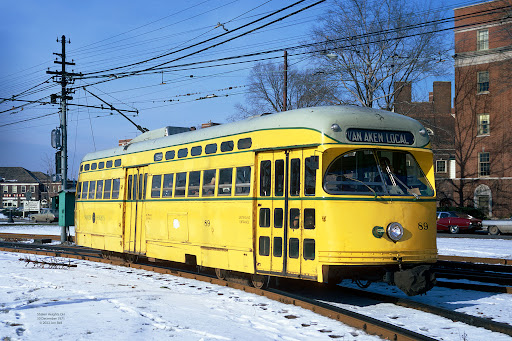
Cleveland’s Shaker Rapid—Way Back When
This was a particularly vivid dream that I had last night. I was visiting in Cleveland, and my mother was still alive. I was wandering the streets of downtown looking for the bus stop of the #71 CTS (Cleveland Transit System) line that went down Pearl Road to York Road, letting me out in Parma Heights where my mother lived.
The stop used to be near the corner of Prospect and Ontario, but in my dream the streets were different; and I didn’t see any bus stops. So I walked to Public Square and around Euclid and Superior Avenues, noting where Schroeder’s Bookstore used to be when I was young.
I gave up and decided to take the Shaker Rapid instead and headed for the concourse under the Terminal Tower.
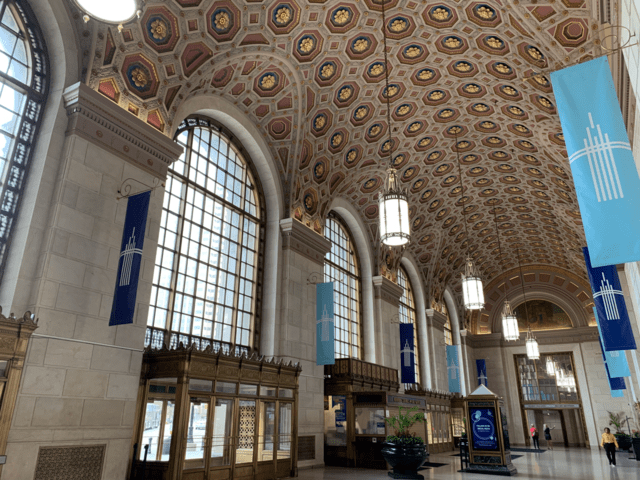
Entrance to the Terminal Tower Concourse
But wait! Mom lived in Parma Heights on the West Side of Cleveland, while the Shaker Rapid served the East Side, where we used to live in the Lee-Harvard area.
My dream ended inconclusively, as I got stuck in a busy store and then had to deal with a Shaker Rapid ticket seller who pointedly ignored me.
It wasn’t a nightmare: I almost never have nightmares. It was just a curious amalgam of my many trips from home to downtown and back again. It was at a point after my childhood after 1985, when my father died. My widowed mother lived alone in Cleveland until she decided to move to Hollywood, Florida, a number of years later.


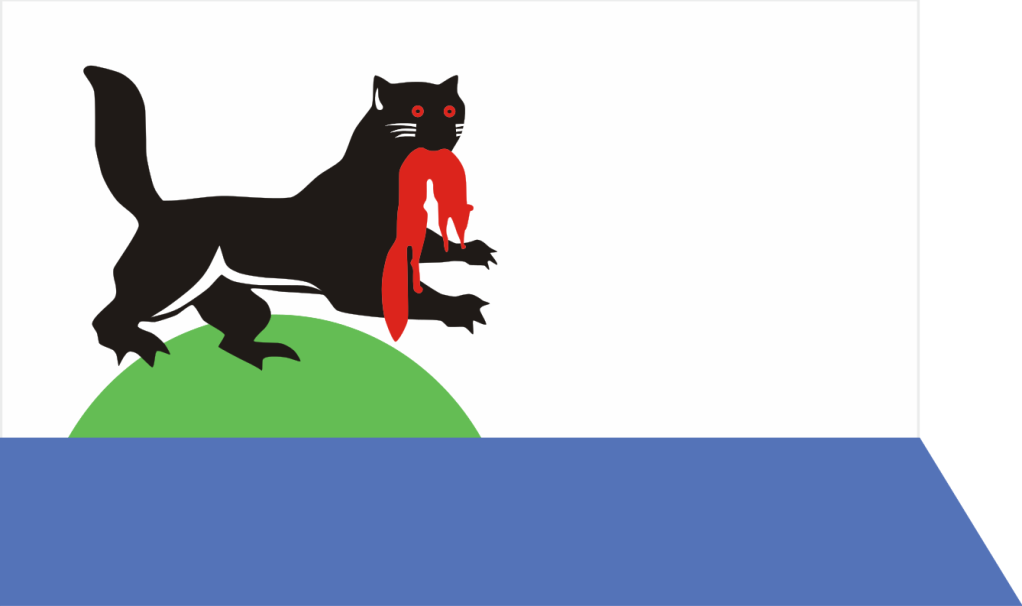



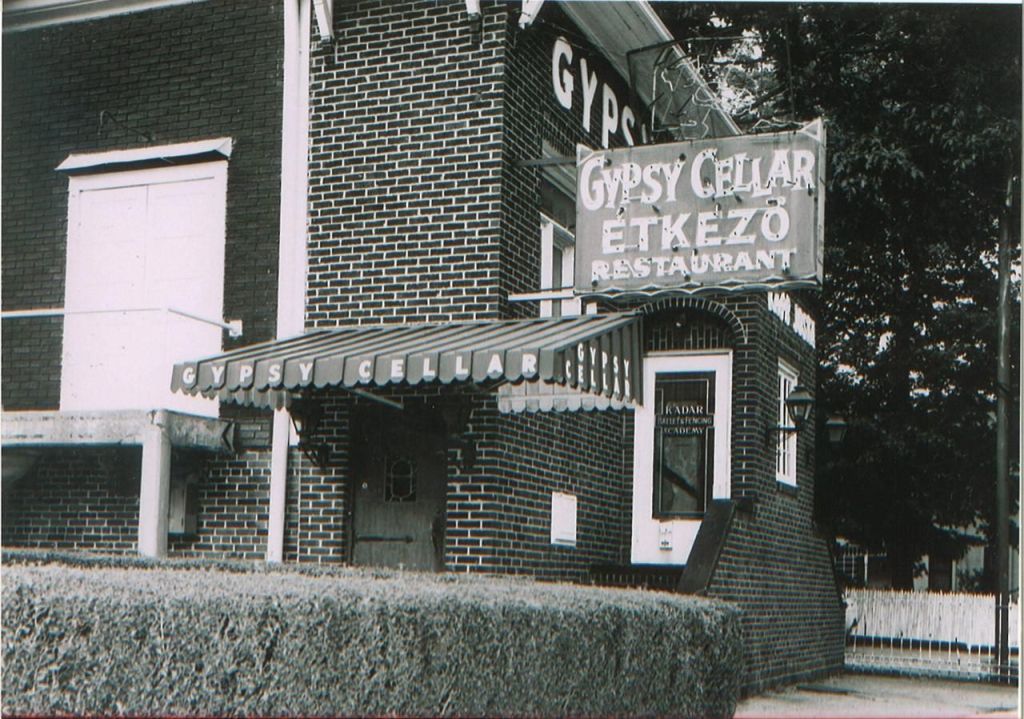
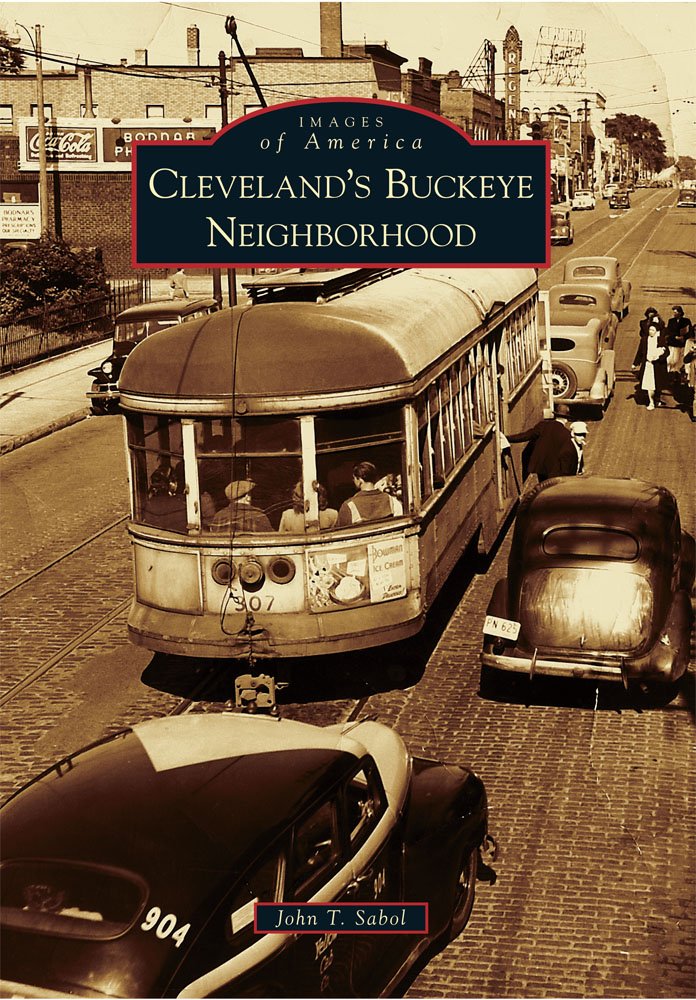

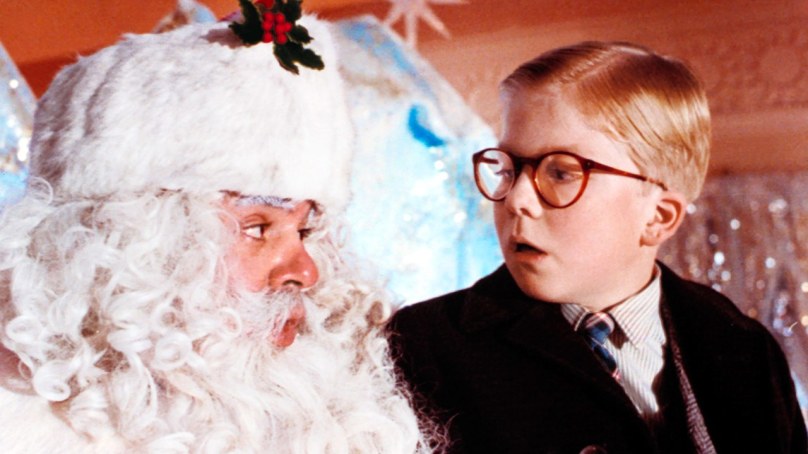
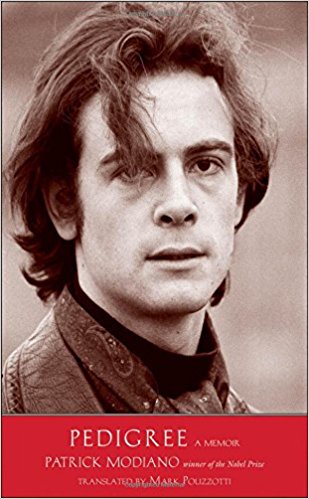
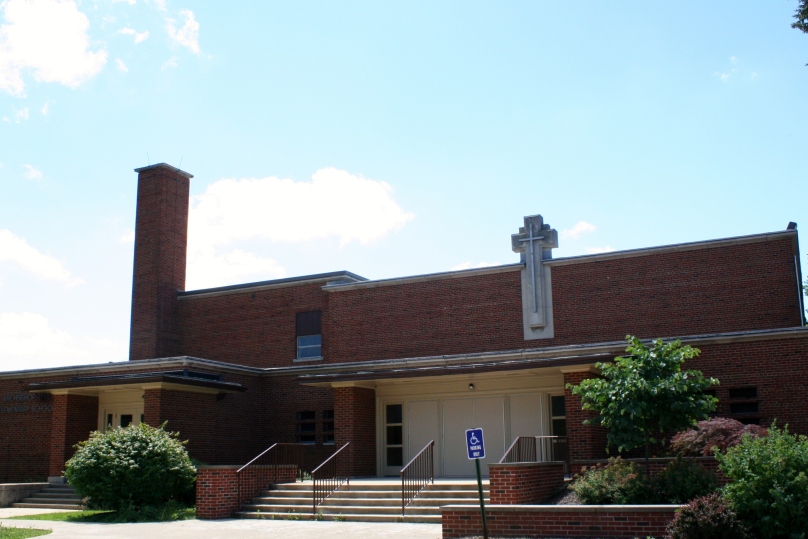

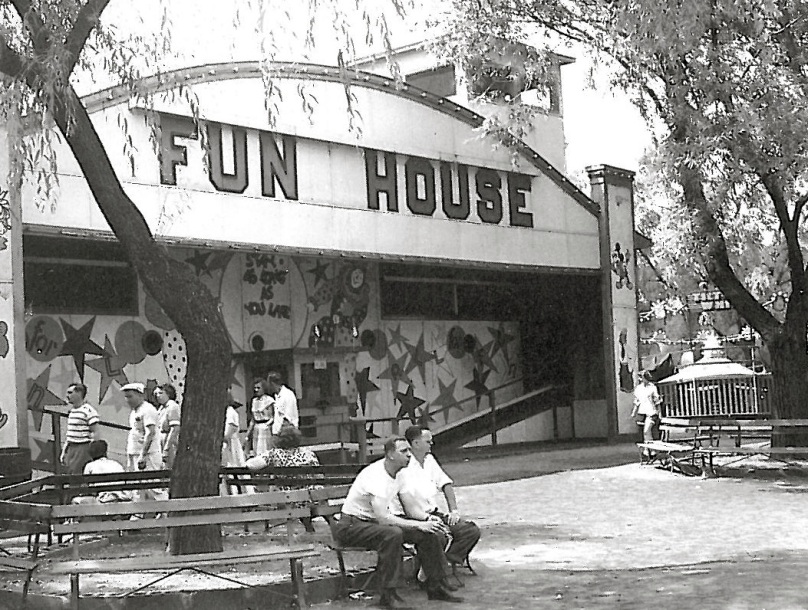
You must be logged in to post a comment.